ENT Surgical Instruments: Specialty Tools for Precision & Safety
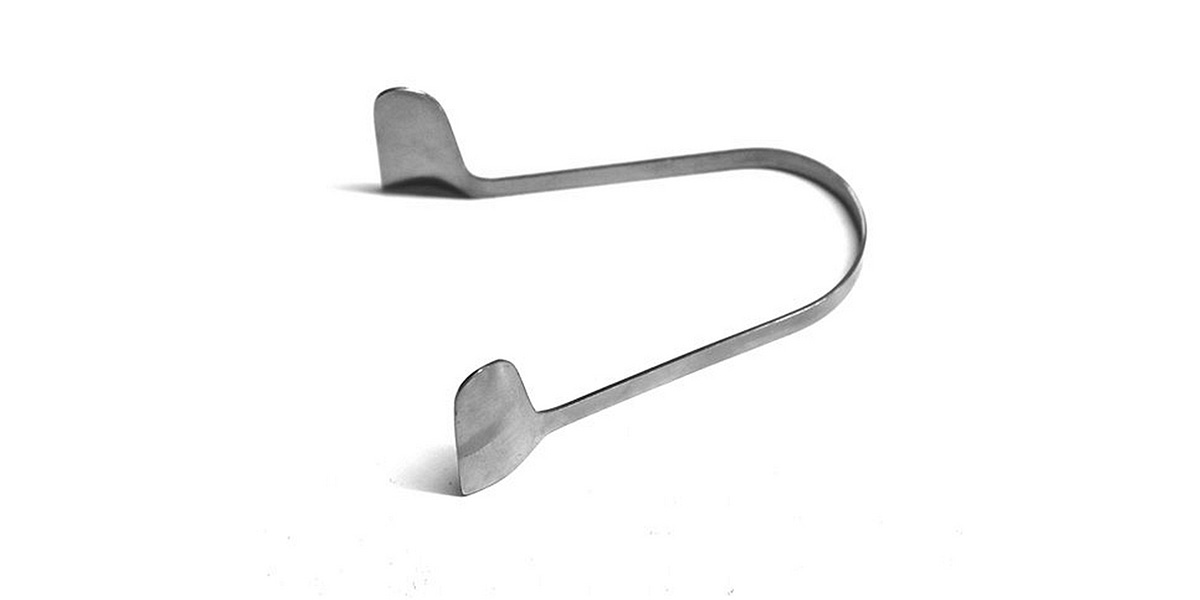
Introduction
As far as surgical practice is concerned, each specialty demands its own set of instruments. For otolaryngology, commonly known as ENT (Ear, Nose, Throat)- delicateness, finesse, and clean handling are the prime concern. From a minor tonsillectomy to complex sinus surgery, the instruments used must be capable of handling sensitive anatomical areas.
With the rising levels of patient safety and infection prevention, single-use ENT devices are becoming more popular than reusables. The devices utilize the dexterity required in ENT procedures coupled with guaranteed sterility and efficiency. ENT procedures, in their direct contact with mucosal surfaces, have complete cleanliness and reduced microbial transmission. Single-use devices deliver just that.
Why ENT Needs Specialized Equipment
ENT operations deal with very vascular, infection-prone areas, like mucosal linings, nasal cavities, or the ear canal. Even the slightest malfunction of the instrument, debris, or inadequate sterilization can lead to severe complications.
Key reasons ENT instruments must have strict specifications:
Anatomical Sensitivity: Reduced visibility and limited working areas call for ultra-fine instruments.
Risk of Infection: Mucosal surfaces are more susceptible to contamination and need aseptic equipment.
Precision-Directed Procedures: Tiny structures like ossicles, cochlea, or sinuses demand flawless control.
High Turnover Environments: ENT is a high-volume outpatient specialty, speed, safety, cleanliness are paramount.
Aside from surgery, ENT diagnostics rely heavily on equipment like speculums and forceps. These are used repeatedly, harboring risk of contamination especially if shared without sterilization.
Top ENT Surgical Devices
ENT instruments at Rhein Group are crafted with single-use perfection, sterility, and precision. Have a look at the required ENT equipment in single-use forms:
1. Frazier Suction Tube (Single-Use)
A popular choice among ENT microsurgery, especially otologic and nasal surgery.
Facilitates: Finger vent control, thin angled tip
Used for: Evacuates fluid or blood with controlled precision
Why Single-Use: Prevents lumen contamination, eliminates sterilization concerns
Frazier tubes, single-use, preclude the issue of inner lumen debris removal, a frequent danger in reusable models.
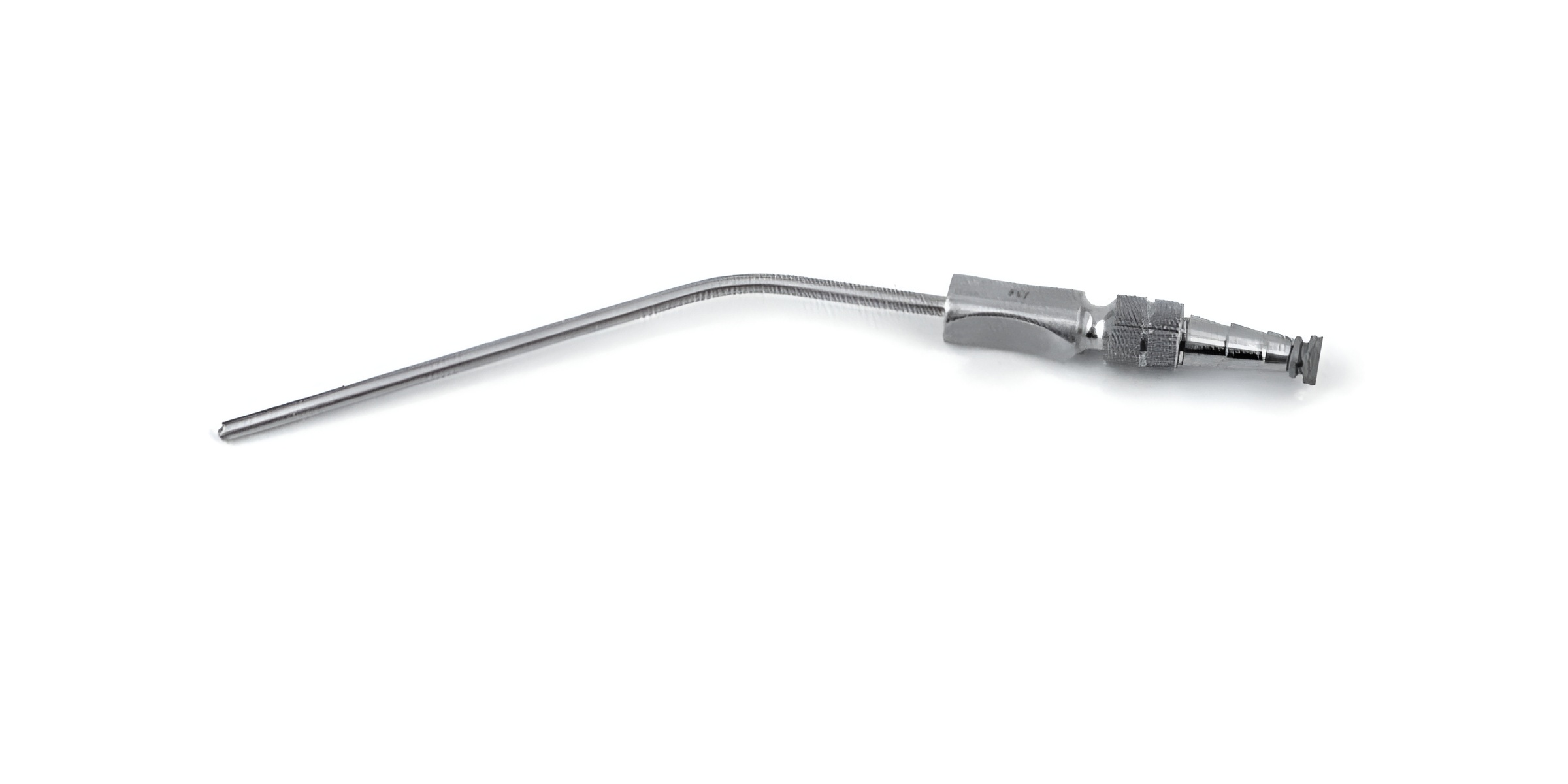
2. Baron Suction Tube (Disposable)
Utilized during nasal or sinus procedures for precise suction with little trauma.
Use: Frequent in septoplasty, endoscopic sinus surgery
Benefit: Single-use versions preclude the likelihood of dried debris in small lumens
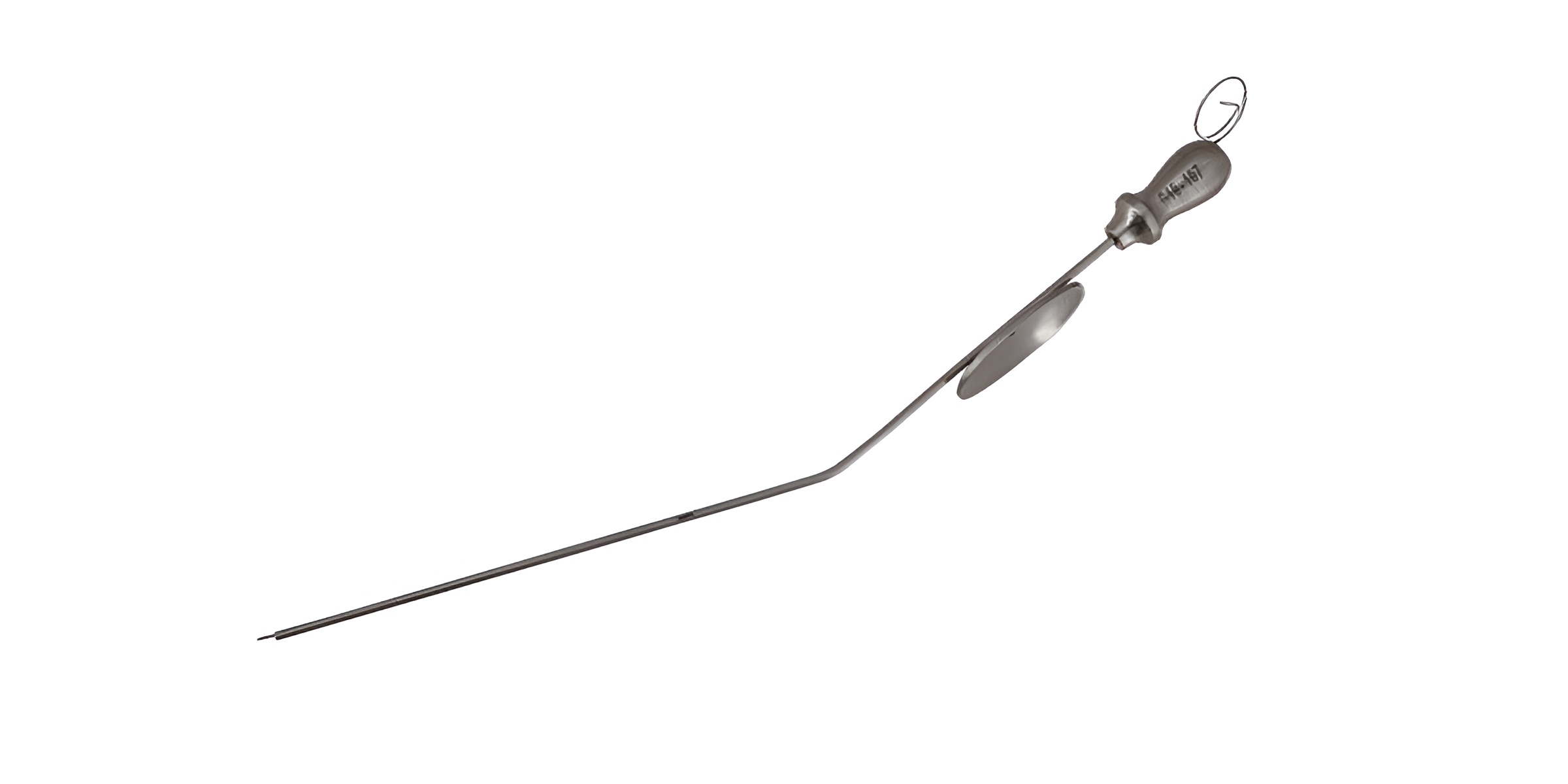
3. Tilley Nasal Forceps
Tilley forceps are curved forceps used to pack nasal packs or remove foreign bodies from the nasal passage.
Use: ENT emergency cases
Why Single-Use: Prevents cross-infection, can be used for instant deployment
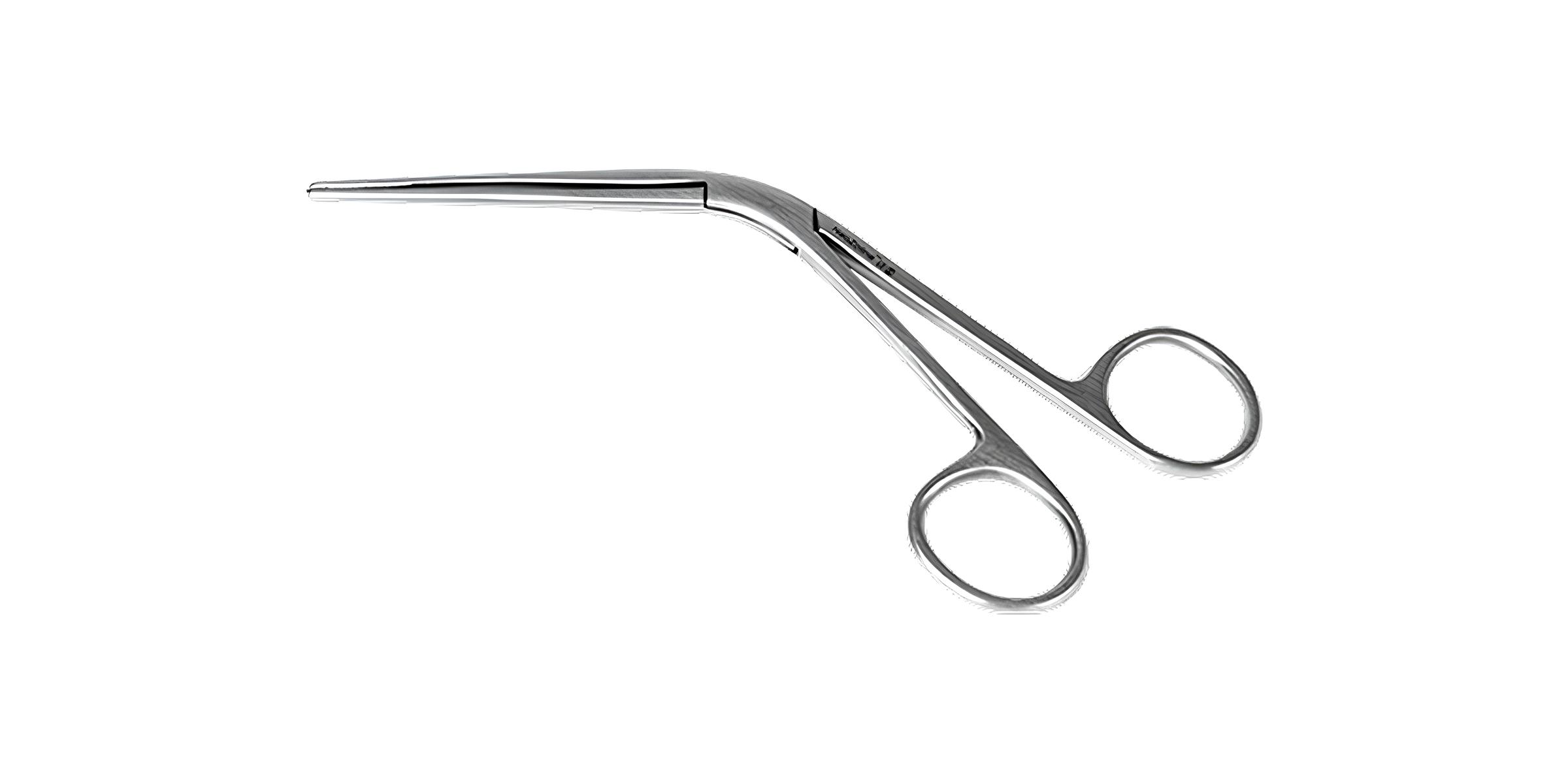
4. Hartmann Ear Forceps (Crocodile Forceps)
Used in extraction of foreign bodies or application of ear dressings.
Ideal For: Paediatric ENT operations
Single-Use Benefit: Thin jaw structure remains in best condition, no chance of bending from earlier use
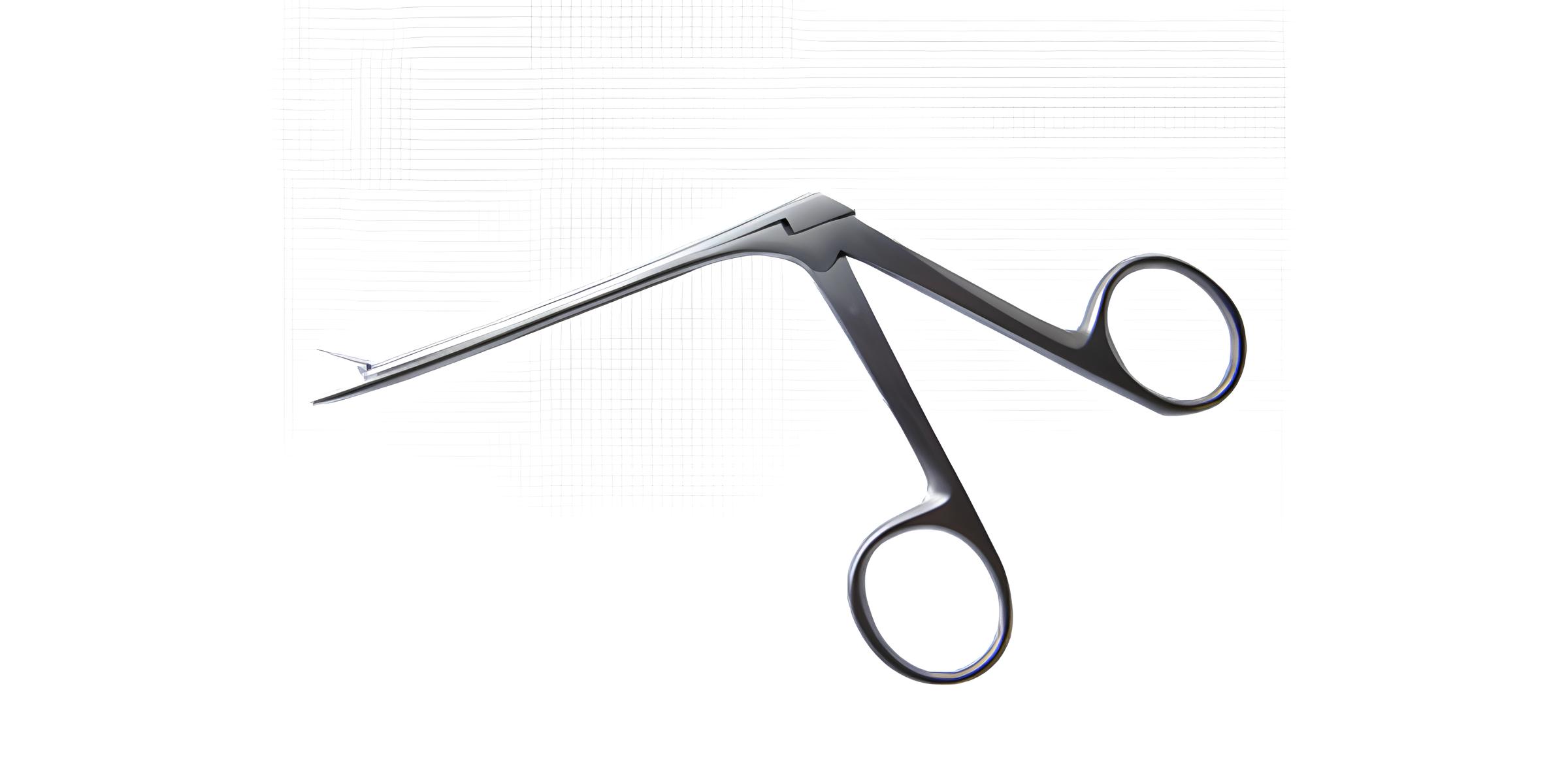
5. Thudicum Nasal Speculum
Used in nasal examination through rhinoscopy of the anterior nasal cavity.
Design: Spring-action blades for opening nasal passage
Disposability Advantage: Maintains tension, reduces discomfort to patient

6. Lucae Bayonet Forceps
Designed for deep ear or nasal exposure without obstruction.
Use: ENT microenvironments foreign body extraction or debridement
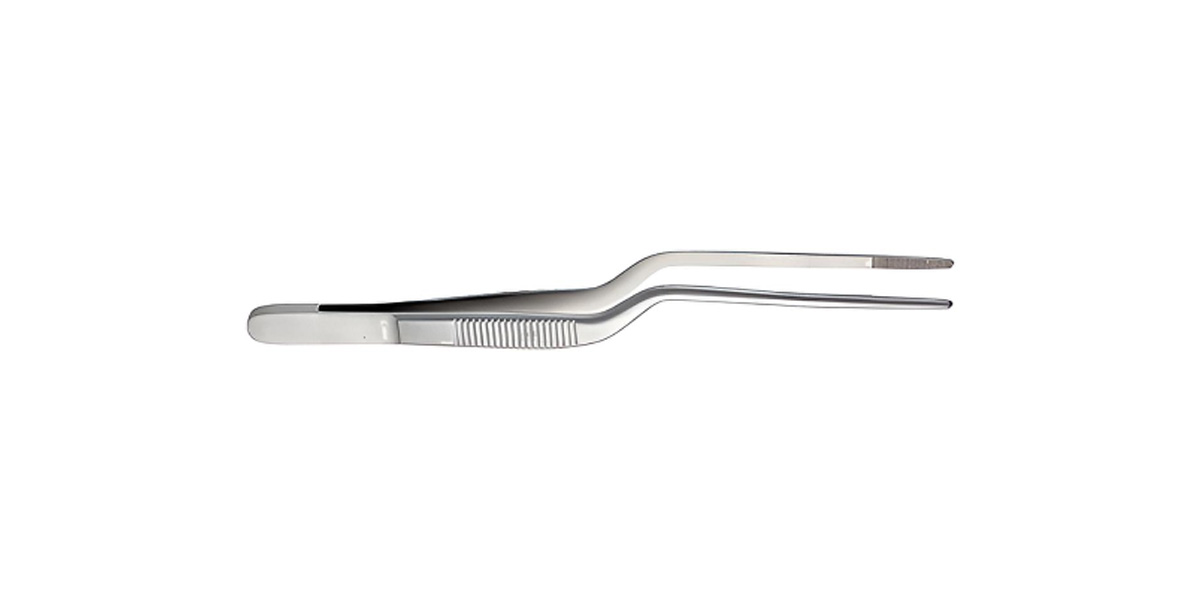
7. Disposable Ear Speculums
Used in otoscopic examinations. In various sizes.
Use: General pediatrics and ENT diagnostics
Why Single-Use: Single use prevents transmission of ear infections
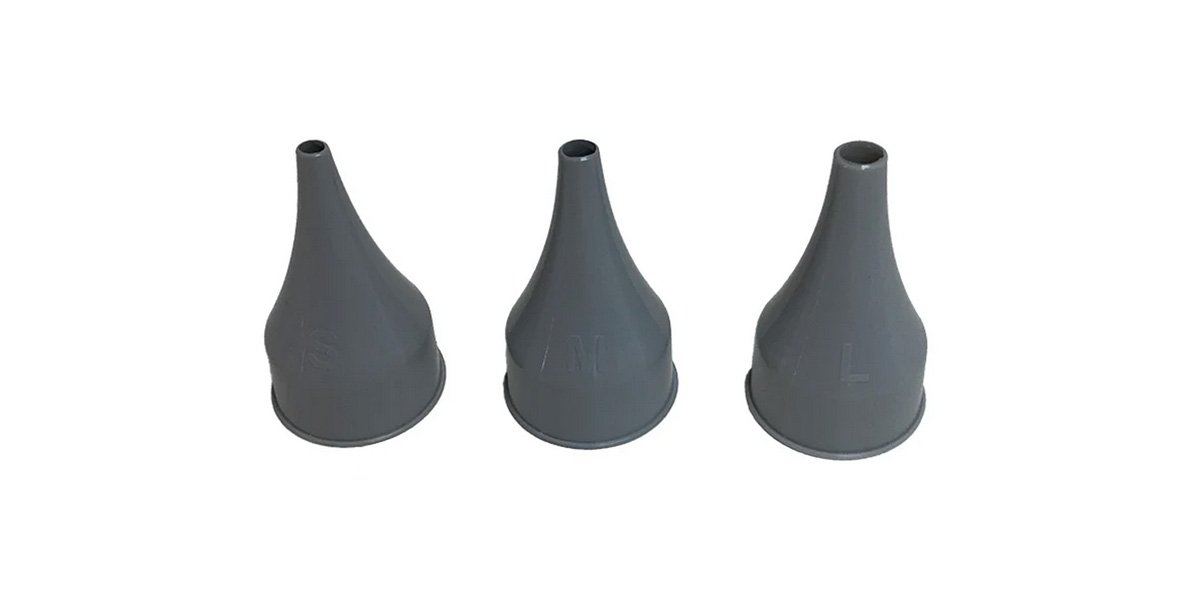
Advantages of Using Single-Use ENT Instruments
ENT surgeons are resorting to disposable instruments not as an indulgence but as a clinical necessity. Here’s why:
Sterility Assurance
Pre-packed, CE-marked sterile devices
No leftover biofilm or trash after past use
Each patient is offered a clean, unopened device
Efficiency and Speed
Considered obsolete the very moment that an instrument has been used
No reprocessing or autoclaving needed
Ideal for ENT clinics with heavy volumes and day-care procedures
Improved for quicker patient throughput
Cost-Effective in the Long Term
No reprocessing fee, no downtime for sterilization
Most beneficial where minimal sterilization equipment is available
Less energy and staff time required
Minimizes Cross-Contamination
ENT instruments are in contact with mucous membranes and body fluids
One-time ensures one patient = one instrument = no risk of infection
Hospitals that switched to single-use ENT kits have reported decreased rates of postoperative infection, reduced operating room turnaround time, and improved inventory control.
ENT Use Case: Frazier Suction in Sinus Surgery
Procedure: Functional Endoscopic Sinus Surgery (FESS)
Instrument: Frazier suction tube (Rhein Group, Disposable)
Why It Works:
The finger vent gives immediate control of suction
Disposable design prevents lumen blockage by previous procedures
Lightweight handle offers surgeon grip support during fine maneuvering
Rhein Group Single-Use ENT Instrument Line
All ENT instruments from Rhein Group are:
ISO & CE Certified
Individually packed & labeled
Color-coded for easy identification
Constructed of medical-grade plastic and stainless steel where required
Important Features:
Red-tipped Handles: Visual marker that identifies disposables in trays
Batch Traceability: Ensures compliance and recalls (if needed)
Cleanroom Packaging: Maintains the product sterile during shipping
ENT Surgical Environments Ideal for Single-Use Equipment
Setting | Why Single-Use is Preferred |
Outpatient ENT Clinics | High turnover, minimal sterilization capacity |
Pediatric ENT | Avoids allergen or material-based complications |
Emergency Rooms | Ready-to-use, no prep time |
Field Hospitals | Portability, reduced equipment load |
ENT Diagnostics | Disposable speculums & probes for hygiene |
ENT clinics reuse diagnostic equipment like forceps and speculums. Single-use, they eliminate any patient-to-patient transmission of infectious agents and require zero processing time.
Surgeon Testimonials
Challenges with ENT Instruments
1. Biofilm Formation
ENT devices, especially those of hollow lumens or thin serrations, can retain fluids and microorganisms despite sterilization.
2. End Damage By Reprocessing
Reregulation autoclaving can blunt edges, warp jaws, or rust joints, leading to inferior performance.
3. Increased Downtime
Transport, inspection, packaging, and cycling for sterilization all add up to form longer OR turnaround times and increased staffing costs.
Material Overview
Stainless Steel
Common for reusable ENT devices due to its resistance to corrosion and high durability.
Medical-Grade Polymers
Used in disposable instruments; light, precise, and cheap in bulk application.
Silicone
Employed at times in soft-tipped instruments, especially in pediatric or otologic applications.
Rhein Group ENT instruments are crafted meticulously with these materials to offer function, safety, and minimum tissue trauma.
Environmental Perspective
There is a common misconception that single-use is not sustainable. However, ENT disposables:
Save the sterilization process (less energy and water)
Generate consistent medical waste easier to process safely
Reduce the use of harsh chemicals used in the preparation and washing of autoclaves
Further in balance with environmental footprint, Rhein Group is investing in plastic recycling programs and biodegradable packaging.
Conclusion: ENT Precision Begins with the Appropriate Tools
Precision during ENT surgery begins with precise, sterile, and repeatable instruments. As healthcare shifts toward safety first, high efficiency medicine, single-use ENT instruments are the solution of choice.
Rhein Group’s disposable ENT instruments provide the surgeon:
Dependable, high-performance equipment
Zero tolerance for hygiene compromise
Smooth workflow without reprocessing delay
From Frazier suction to nasal forceps, every piece is crafted with care, safety tested, and ready to use. When you’re performing complex sinus surgery or a quick pediatric ear exam, Rhein’s got your instruments always ready: sharp, sterile, and worry free.
